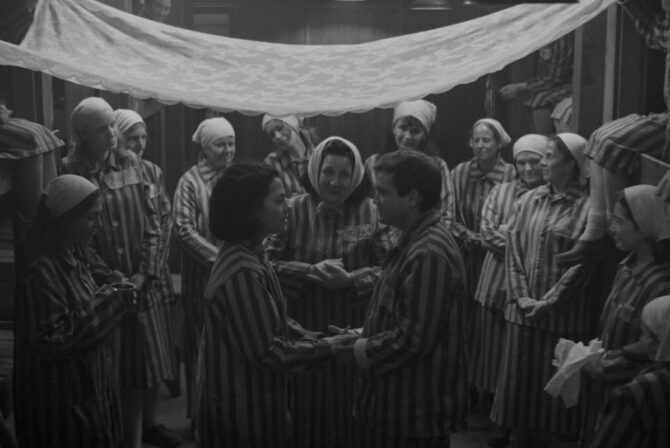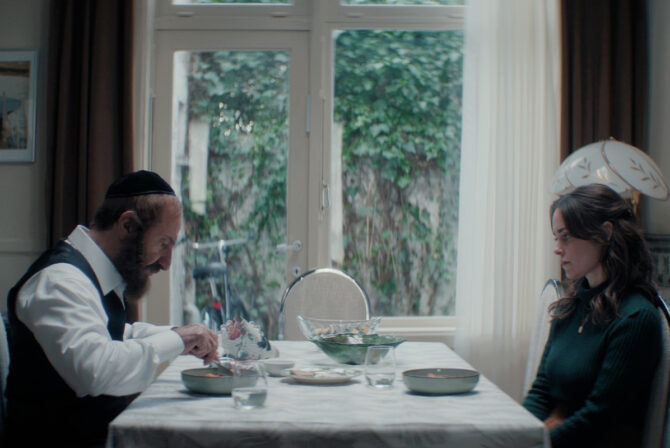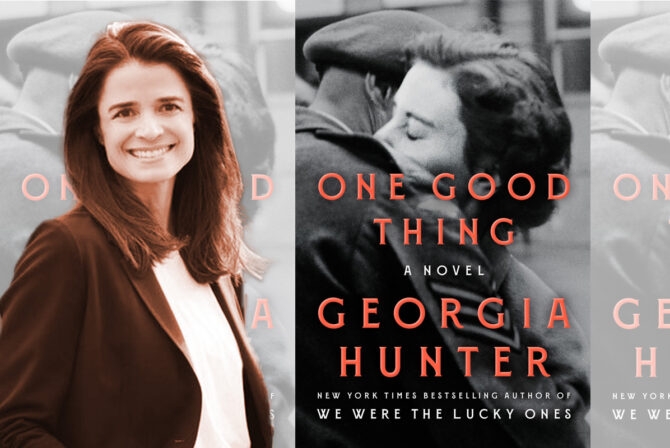The noisemakers are already going in my house. By “noisemakers,” I mean my kids. The groggers are going, too, of course, along with an endless medley of preschool Purim songs as my children’s excitement about the upcoming holiday reaches a fever pitch. It’s a little chaotic, but I’m glad that my kids are eager to celebrate Purim…and it’s not bad to get a reprieve from the constant refrains of “Let It Go” that have comprised our family’s unofficial soundtrack for the last three months.
“Mommy,” my 4-year-old asks, “Do you know any more Purim songs we could sing?” On a whim, I launch into that corny old Hebrew School chestnut, “Oh, Once There Was a Wicked, Wicked Man.” My children listen delightedly as I began to sing, then look at me in consternation as I pause abruptly, not wanting to sing the words “he would have murdered all the Jews” (describing Haman’s evil plot). I continue singing, instead substituting the words “he would have punished all the Jews.” My children smile at the song. I feel relieved, and very guilty.
As a rabbi, I’m committed to a view of Jewish sacred text that affirms the sanctity and importance of our foundational narratives. When I was an idealistic college student, struggling with passages in the Torah that I found ethically or historically troubling, I believed that such difficult sections of our sacred text should simply be excised. We’re an enlightened people. Why do we need Torah verses that seem (or are) sexist or homophobic? As I deepened my understanding of Jewish text and interpretation, though, I began to understand that each of our texts, even the troubling ones, have something to teach us. The sages of the Talmud imagined Rabbi Akiva as being so gifted in the art of Torah interpretation that he was able to derive meaning not only from the words of the Torah but even from the decorative crowns that adorn the letters in the Torah scroll. To the Jew, there is meaning in everything, and so every story must be retained, honored, and plumbed for its overt and hidden lessons.
That belief in the depth and significance of our tradition’s holy texts is one reason why I cringe when I sanitize the Purim story–or the Hanukkah story, or the Passover story–for my children. I don’t want to lie. Haman didn’t want to just punish the Jews–he wasn’t threatening to give them a time-out or take away their toys. Antiochus and the Maccabees weren’t “using their words” to solve their conflict. And don’t even get me started on telling my first-born what really happened during the 10th Plague. But I also don’t want to terrify my children unnecessarily. The world is a frightening enough place as it is, and I want desperately to shield my children from the scary truths of life. I want my children–at least for a while, at least at 4 and 2–to believe that the world is a benevolent place, a place where they can feel secure and build confident and resilient characters based on that deep security. Even if I could have imagined telling my small children tales of mortal danger a few years ago, in a post-Sandy Hook world I simply can’t stomach it.
So for now, I tell my children that Haman wanted to “punish” the Jews, without dwelling on what that means. I emphasize the central messages of the story rather than slavishly adhering to the plot details. My children understand that Esther saved the Jews by being brave and by revealing her true self, and that bravery and honesty are qualities we should emulate. Later on, they will learn more truths about the Purim story, and all of our difficult stories, and grapple with those truths as they grow. There will be time for them to uncover more layers of meaning, to turn the text and turn it again. Today, their job is to be happy, and mine is to teach them how.
Like this post? Get the best of Kveller delivered straight to your inbox.







